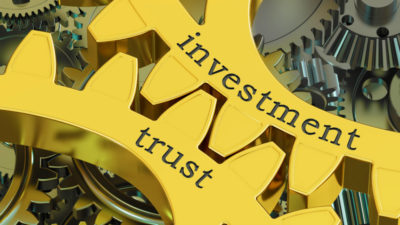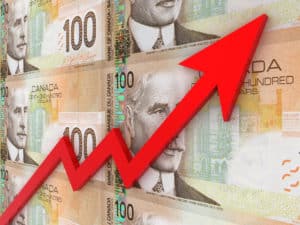Investing in high-dividend-yielding stocks is a great way to build your wealth for your retirement age. But before you do that, you should be very clear on how to avoid some common deadly mistakes that cost income investors heavily.
Here are some common traps for beginners to look for when they’re in the market looking for a next big opportunity.
High dividend yields
There is nothing wrong in picking stocks that offer high dividend yields. After all, the main objective of income investing is to maximize your returns by investing in companies that reward their investors often.
But the problem with this approach is that some investors just focus on yields and forget about other fundamentals that must be there to back up these high returns.
For example, if a company business relies on a narrow customer base, it’ll be very tough for that business to continue generating cash if its largest customer goes out of business or moves to another supplier.
Take the example of Montreal-based loyalty and marketing company Aimia Inc. (TSX:AIM), which runs Aeroplan and other customer-reward programs for various businesses, including Air Canada. In a worst nightmare for its investors, Air Canada said in May it will sever ties with the Aeroplan loyalty plan and set up its own in 2020. Aeroplan accounted for 54% of Aimia’s $2.34 billion in gross billings in 2016.
What happened next wasn’t unpredictable. Aimia suspended its divided plan in June, including the $0.20 dividend for investors in its common shares. During this tumultuous period, its shares nosedived, losing 85% of their value from the 52-week high.
What’s the lesson? A high dividend yield itself tells you nothing about a company unless you it comes with solid business fundamentals, strong cash flows, and the company’s ability to survive in a tough competitive environment.
Low dividend yields aren’t bad
So, when larger dividend yields don’t guarantee that the company is a solid investment, stocks with low dividend yields aren’t necessarily a signal for a bad investment.
In fact, some great businesses in Canada don’t offer high dividends. Canada’s most trustworthy dividend payers such as Royal Bank of Canada (TSX:RY)(NYSE:RY) and Fortis Inc. (TSX:FTS)(NYSE:FTS) don’t support yields in the range of 6-8%. Their yields are in line with the market trends.
But the difference is that these companies are reliable and they have wide economic moats, consistently generating cash that supports regular increases in their payouts. Over the long run, it’s dividend growth that matters, not dividend yield.
Let’s pick Royal Bank of Canada, which is one of the largest Canadian banks with a strong global presence. Its stock offers a 3.74% dividend yield on today’s price, paying $0.87 a share quarterly. This return doesn’t look too exciting.
But when you look into the history, you’ll see that investors are getting five times more than what they did 17 years ago. And this is just the growth in its dividend. If you calculate your total return after re-investing your dividends, plus capital gains, a totally different picture emerges.
If you had invested $10,000 to buy Royal Bank of Canada stocks in 2007, your investment would have more than doubled in the next 10 years.
Bottom line
Dividend yield is just one measure of success in your investment strategy. Before picking a stock, you should always consider whether that business is strong enough to maintain a high yield. Because dividend yield is a function of the share price, a falling stock price and ballooning dividend is a big warning sign for you.








